LEARN MOMENTUM AVERAGE DOUBLE INDEX IN 3 MINUTES – BLOCKCHAIN 101

In the world of trading, identifying the strength and direction of a market trend is paramount to making informed decisions. One of the most powerful tools in this regard is the Momentum Indicator, which provides a dynamic way to measure the rate of price change over time. This article delves deep into the Momentum Indicator, exploring its definition, calculation, application in trading, and how it can be used effectively to enhance trading strategies.
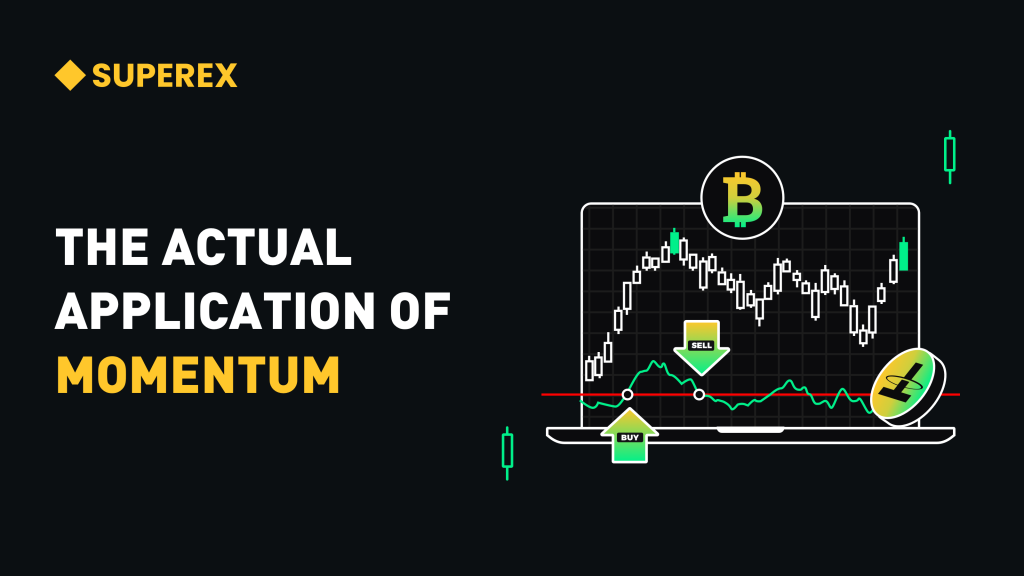
What is the Momentum Indicator?
The Momentum Indicator (often referred to simply as Momentum) is a technical analysis tool that measures the speed of price movements in a given asset. It calculates the rate of change between the current price and the price from a specified number of periods ago. Essentially, it indicates whether the price of an asset is accelerating or decelerating, providing a sense of the asset’s strength or weakness.
In its simplest form, the Momentum Indicator is calculated using the formula:
Momentum=Current Price−Price X Periods Ago
For example, if you’re looking at a 14-day Momentum Indicator, you would subtract the closing price of the asset 14 days ago from the current price. A rising value signifies upward momentum, while a falling value indicates a potential slowdown or reversal in price movement.
How is the Momentum Indicator Calculated?
The Momentum Indicator calculation can be understood by looking at the following steps:
- Determine the time frame: First, decide how many periods you wish to evaluate (commonly 10, 14, or 20 days). The longer the period, the smoother the momentum curve will be, reducing short-term noise.
- Calculate the price difference: Subtract the price from Xperiods ago from the current price. If you are using a 14-day period, you subtract the closing price from 14 days ago from today’s closing price.
- Interpret the results: A positive reading indicates that the asset is gaining strength (price is increasing), while a negative reading means the asset is losing strength or heading for a decline.
Interpreting Momentum in Trading
Momentum is often used to identify the underlying strength of a trend. Here’s how traders interpret the Momentum Indicator in different market conditions:
- Positive Momentum: When the Momentum Indicator shows positive values (current price > price X periods ago), it suggests that the asset is in an uptrend and the market is bullish. Traders look for entry points in this condition, anticipating further upward movement.
- Negative Momentum: When the Momentum Indicator is negative, it suggests the market is in a downtrend, with prices declining. In this case, traders may look for opportunities to short the asset or avoid entering long positions.
- Zero Crossovers: A Momentum value crossing zero can signal a potential trend reversal. A positive-to-negative crossover may indicate a weakening of the bullish trend, while a negative-to-positive crossover could suggest the start of an upward trend.
- Divergences: A common strategy is to look for divergencebetween price and momentum. For example, if the price is making new highs but the momentum indicator is failing to do so, it could indicate that the trend is weakening, and a reversal may be near. Conversely, if the price is making new lows but the momentum indicator is rising, it could signal a potential bullish reversal.
Momentum and Overbought/Oversold Conditions
While the Momentum Indicator can give us insights into the strength of a trend, it does not directly indicate whether an asset is overbought or oversold. However, when combined with other tools like Oscillators (e.g., RSI or Stochastic), it can provide more context.
- Overbought: If momentum is high but the price continues to rise at an accelerating pace, the asset may become overbought. This is especially true when the Momentum Indicator is peaking but starts to show signs of flattening or decreasing, suggesting the price might soon reverse.
- Oversold: Similarly, a dramatic drop in momentum may indicate that the asset is oversold and could be poised for a rebound. Again, confirming this with other indicators can provide further confidence in a potential reversal.
Momentum Indicator in Trading Strategies
The Momentum Indicator is often used in conjunction with other technical indicators to create comprehensive trading strategies. Below are a few strategies that incorporate Momentum:
- Momentum Trend Following Strategy: Traders use the Momentum Indicator to confirm the strength of a trend. When momentum is positive, they look for buying opportunities, while negative momentum may prompt them to sell or short the asset. This strategy is useful in trending markets.
- Momentum Reversal Strategy: Traders look for signs of divergence between the price and the momentum indicator. If the price is making new highs but the momentum indicator is not, this could suggest the trend is losing strength, and a reversal might be near.
- Crossovers with Moving Averages: Some traders combine the Momentum Indicator with moving averages. For example, when the Momentum Indicator crosses above its moving average, it may signal a buying opportunity, while crossing below its moving average might indicate a selling opportunity.
The Advantages and Limitations of the Momentum Indicator
Like any trading tool, the Momentum Indicator has its advantages and limitations.
Advantages:
- Clear Signal for Trends: Momentum provides clear, actionable insights into the strength of a trend.
- Easy to Understand: The calculation and interpretation of the Momentum Indicator are relatively straightforward.
- Versatility: It can be applied to any asset class (stocks, forex, cryptocurrencies) and in any time frame (intraday, daily, weekly).
Limitations:
- Lagging Indicator: While the Momentum Indicator is based on historical price data, it can sometimes lag behind the market, making it less effective in fast-moving markets.
- False Signals: In choppy or sideways markets, the Momentum Indicator can produce false signals, causing traders to enter or exit positions prematurely.
- No Overbought/Oversold Levels: Unlike oscillators, the Momentum Indicator does not directly show whether an asset is overbought or oversold.
Momentum in Cryptocurrencies
The cryptocurrency market has unique characteristics that make the Momentum Indicator particularly valuable. Cryptocurrencies tend to be more volatile than traditional assets, which means that momentum-based strategies can help traders capture rapid price movements. However, due to the market’s unpredictability, momentum readings should be combined with other analysis techniques, such as support/resistance levels and market sentiment, to mitigate risk.
For example, a trader might use the Momentum Indicator to spot a bullish trend in a cryptocurrency, then use a support level or a moving average to confirm the trend before entering a trade. This multi-tool approach helps reduce the risk of entering trades based solely on momentum spikes that may not be sustainable.
Conclusion
The Momentum Indicator is a versatile and powerful tool that can help traders understand the strength of a market trend. It provides valuable information about the rate of change in an asset’s price and is highly useful for confirming trends, spotting reversals, and managing risks. However, like all technical indicators, the Momentum Indicator works best when used in conjunction with other tools, such as trendlines, moving averages, and oscillators, to provide a more complete picture of the market.
As with any trading strategy, proper risk management and market research should always accompany the use of momentum-based analysis. By mastering the Momentum Indicator and integrating it into a well-rounded trading plan, traders can improve their ability to navigate the complexities of the financial markets, especially in fast-moving environments like cryptocurrency.

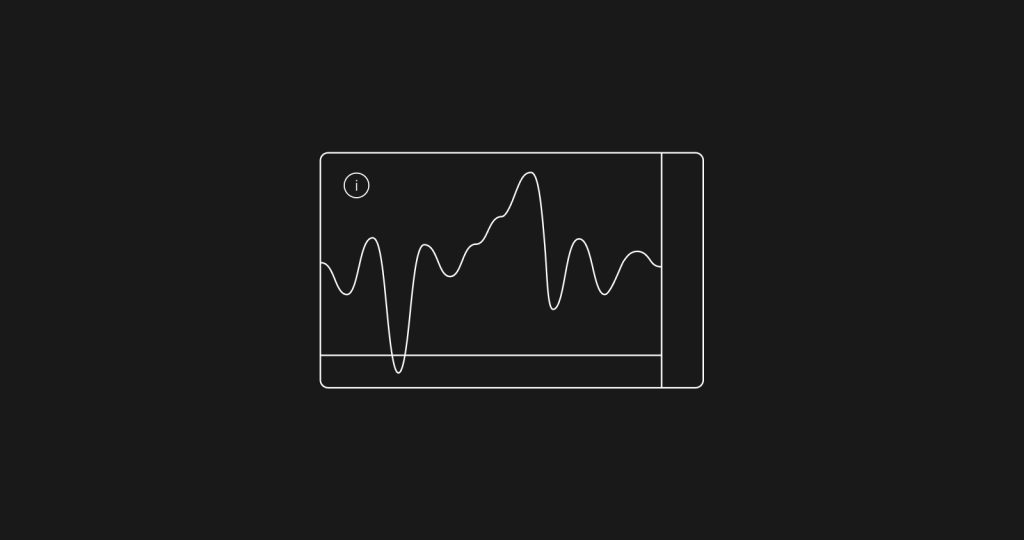

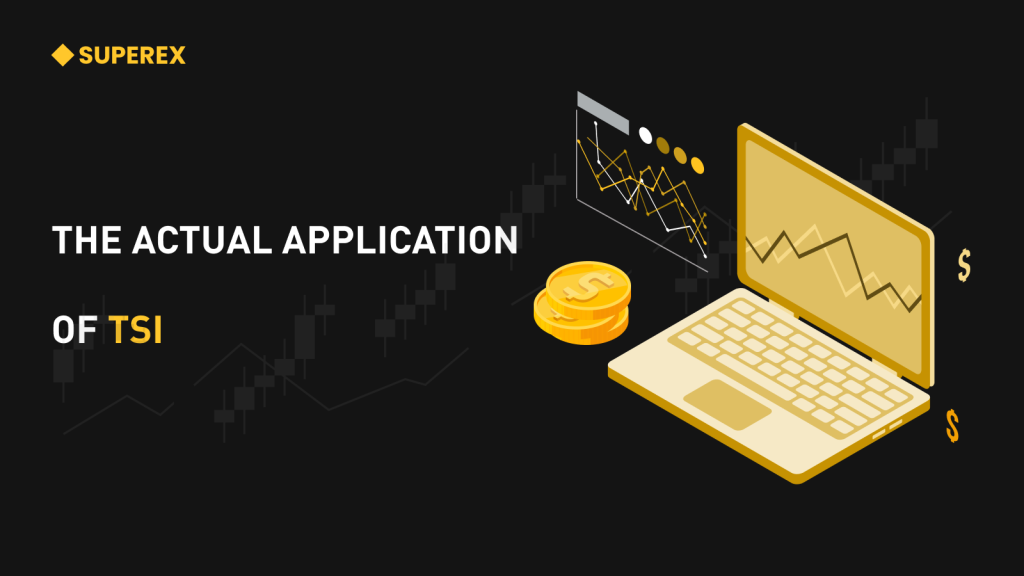
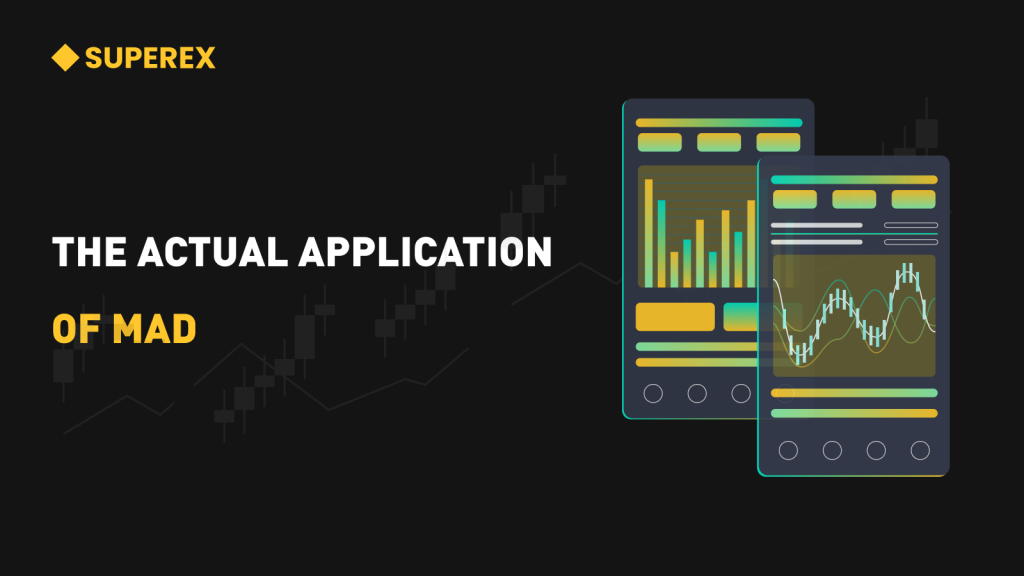
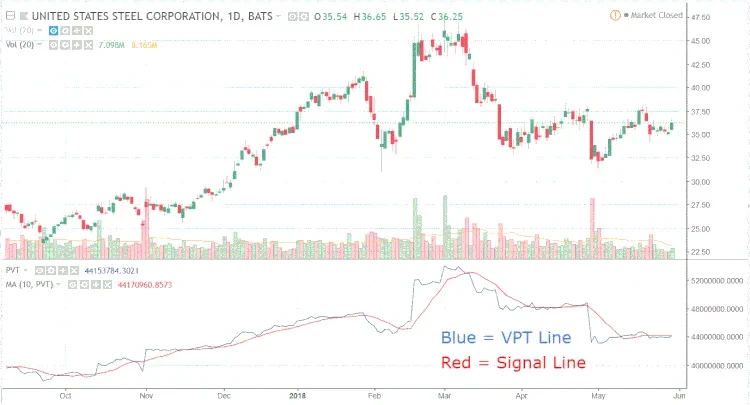
Responses